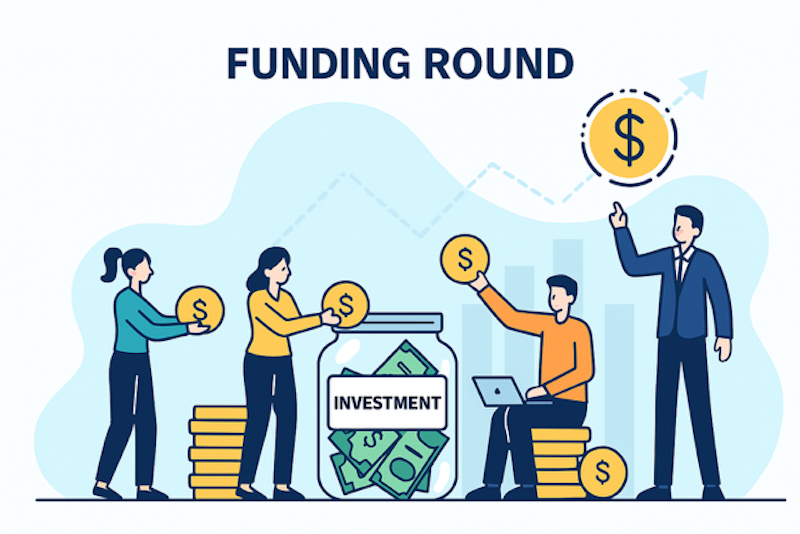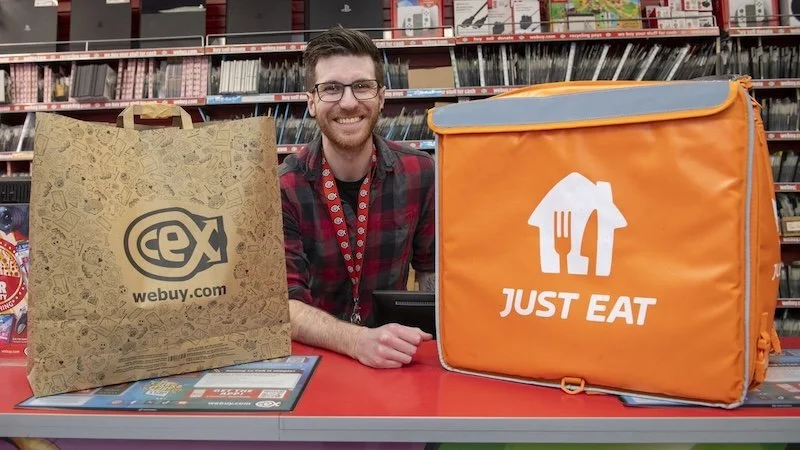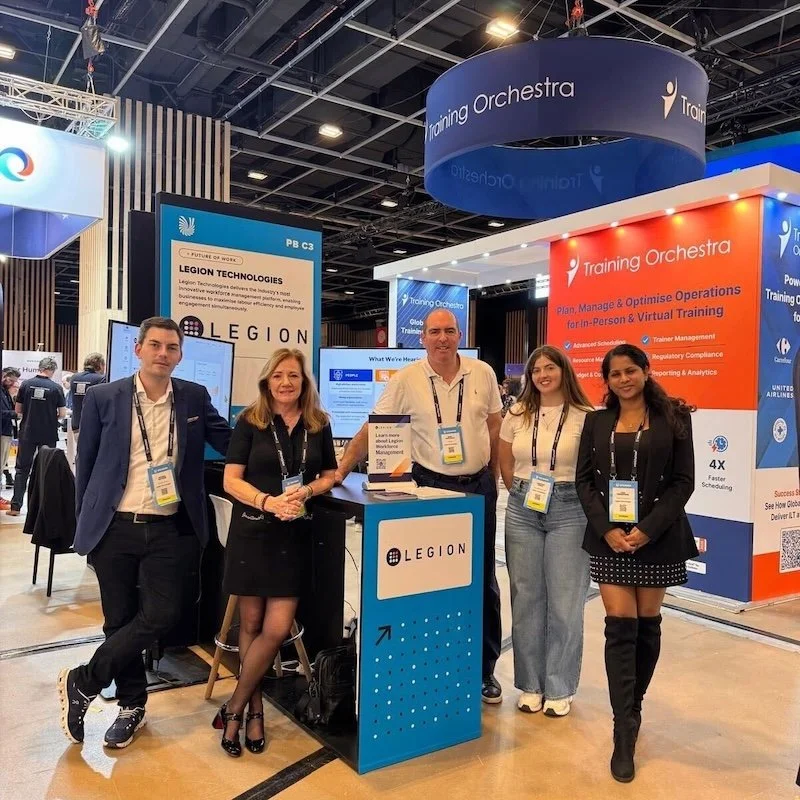FUTR Europe 2025: Future Snoops tells event attendees how to break free from ‘boring’ retail
Speaking at FUTR Europe in London last week, Future Snoops’ Director of Youth Robbie Sinclair explained how ‘creative flattening’ is boring consumers and stopping retailers from creating real connections.
As social media algorithms favour and reward sameness, Sinclair argued that consumers are getting bored, with 73% saying that all brands feel the same. He added that this is a natural consequence of “everyone looking at the same data and developing the same best practices”, creating a “loop of sameness” and a homogenised market.
With so many brands currently producing similar products, Sinclair noted that the price point often becomes the only differentiator for consumers. As retailers face increasing prices and tariff restrictions, he argued brands will need to find a new way to connect with consumers.
Retailers need to look beyond statistics to overcome this, noting that retailers often use demographic driven consumer segmentation. He argued that lifestyle choices, cultural influences and personal values can be more predictive of consumer behaviour than their age or income bracket.
He also noted that over-reliance on AI can reinforce these assumptions, spotting patterns based on old behaviours, not new ones.“Data is really important, but it’s not God,” he said, adding that without proper context retailers will be reacting to trends instead of predicting them. “We need to move away from consumer profiles into human perspective.”
Trend forcecaster Future Snoops, formerly known as Fashion Snoops, recently published a whitepaper on the topic - The Creative Unflattening - urging companies to treat the current market instability and erratic tariffs policies as chance for a “creative reset”.
“We’ve made it really easy to buy, but it’s not that easy to connect” Sinclair said, noting that many stores have ceased being an experience thanks to the prevalence of online shopping and seamless checkouts.
Sinclair highlighted US footwear brand Van’s flagship Oxford Circus store as an example of one retailer taking a step in the right direction. Launching in 2024, the store includes a 200 square metre skate ramp. This, Sinclair argued, will lead customers to spend much longer in store, creating “strategic friction”.
Printemps was also highlighted as another success story. “Their New York store feels like a Wes Anderson movie,” Sinclair explained. The luxury department store has found success in recent years with its stores blurring the lines between virtual and in-store experiences. “It’s not just about aesthetics or deisng,” he said. “It’s about a richer understanding.”
“We’ve spent years talking about omnichannel as thought it’s a tech issue, but it’s about more than that,” Sinclair said, arguing that retailers need to give consumers a chance to slow down in their stores and move away from frictionless experiences into unforgettable ones.
He concluded: “The future of retail isn’t about getting better at selling, it’s about getting better at seeing.”





















Continue reading…